Bees and heat waves: A global warming of problems!
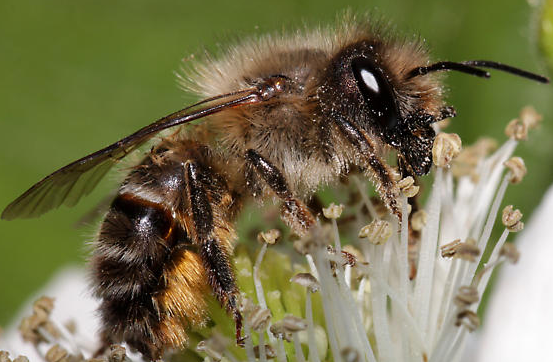
Hey, STEAM readers! We know the summer heat is stifling, but guess what, it’s not just humans who are suffering! The heat waves that swept through the southwestern United States and southern Europe this summer are also giving our bee friends and little bugs called pathogens headaches. This explosive combination could have a huge impact on our economy and food security, and here’s how.
A group of Penn State scientists decided to investigate how these heat waves affect a super-important relationship: that of two types of solitary bees, Osmia cornifrons and Osmia lignaria, and a protozoan pathogen called Crithidia mellificae. Imagine this as some kind of war in the world of bees, it turns out that when these bees are faced with double extreme heat stroke and a previous infection, they stay at home! In other words, they stop looking for food and of course that is not good for us, because these bees are the MVPs of pollination, which means that without them, our crops are in trouble.
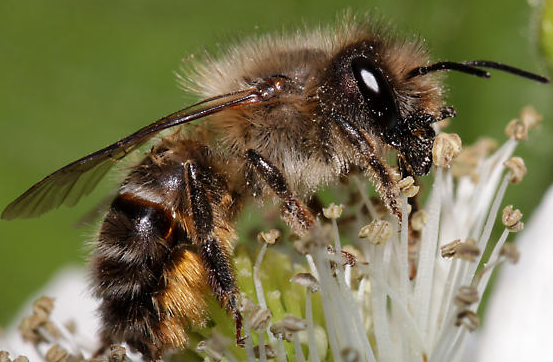
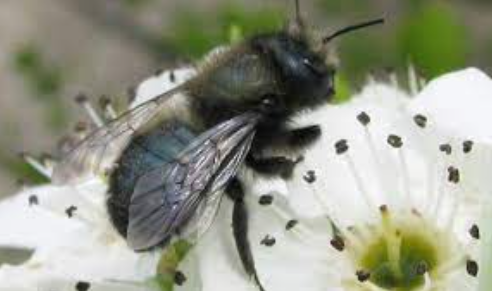
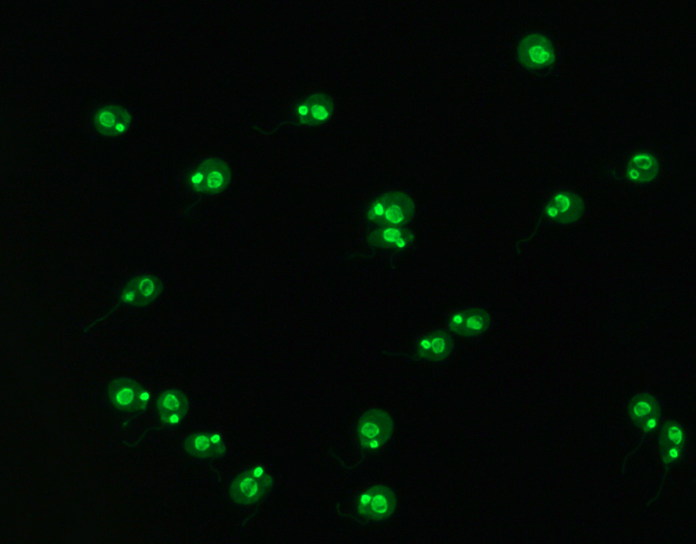
Think of it as if your friend got sick just as you were planning a fun afternoon, if your friend can’t leave the house, your plan is blown! Well, here it is the same: if the bees do not look for food, they do not pollinate our crops and that affects our food and economy. These scientists developed a crazy experiment to see how much heat these bees could withstand, they put them in a tunnel where on one side it was intense summer heat, as if they were in the middle of a heat wave, and on the other side there was bee food, that is sugar, water and pollen. It turns out that the bees that had previously been infected with the pathogen were not very brave in the face of heat, preferring not to risk crossing the tunnel in search of food.
En resumen, el calor afectó tanto a las abejas como a los patógenos, pero las abejas llevaron la peor parte, el calor las volvía menos valientes y más sensibles, mientras que los patógenos apenas se inmutaban. But the real surprise came when they looked at the relationship between bees and pathogens together, it turns out that the infection made the bees even more sensitive to heat. A healthy bee could handle up to 109.4 degrees Fahrenheit, but after being infected, its tolerance dropped to 98.6 degrees Fahrenheit. A real disaster for them!
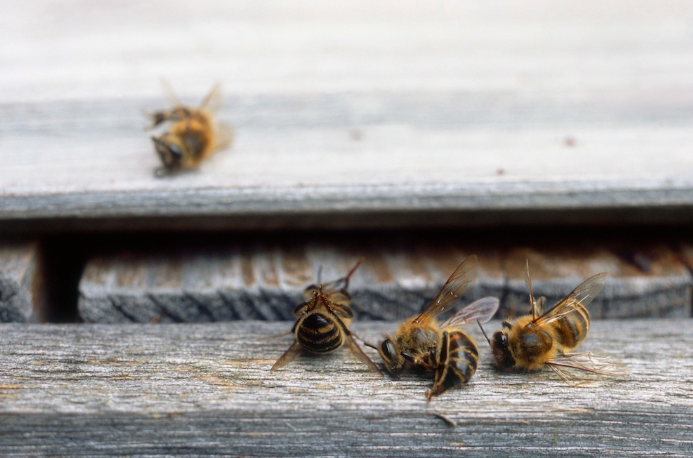
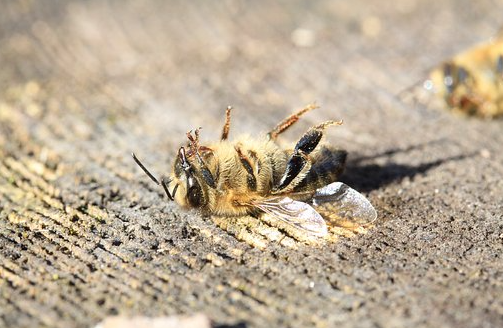
So what does it all mean? While heat waves and infections are wreaking havoc on bee populations, if these extreme temperatures continue, we could be in serious trouble. Also, this chaos in the world of bees could affect us all, since these little workers pollinate our food, so next time you feel hot, remember that bees are having a hard time too, and their health influences ours. Climate change not only affects species, but also the relationships between them. Get ready for a hot future and keep taking care of our bee friends!
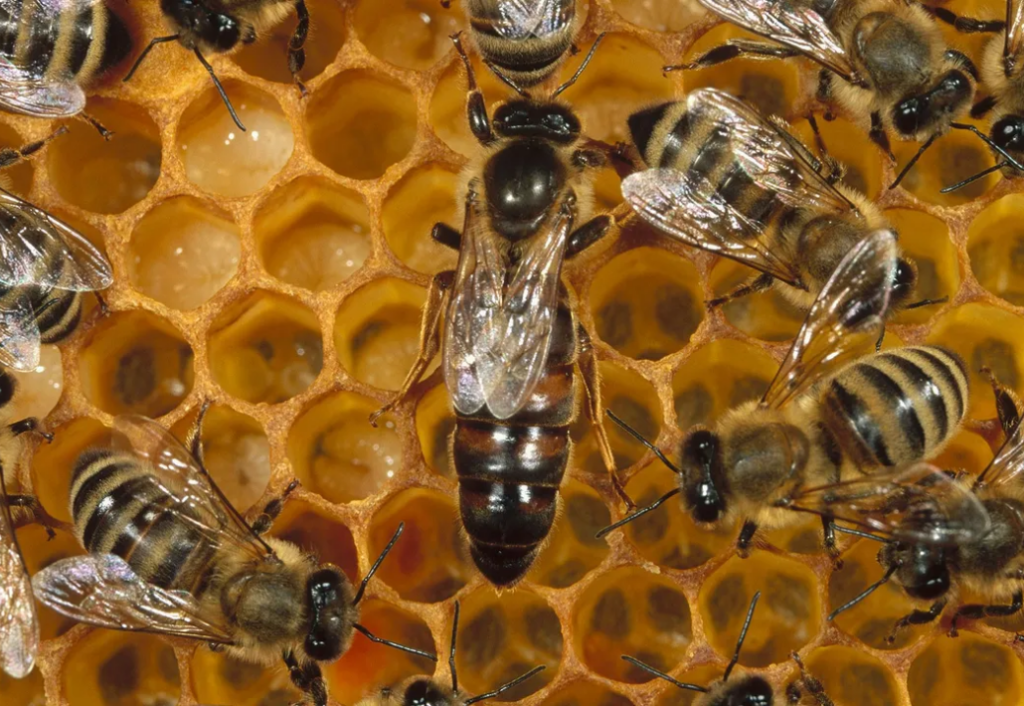



Responses